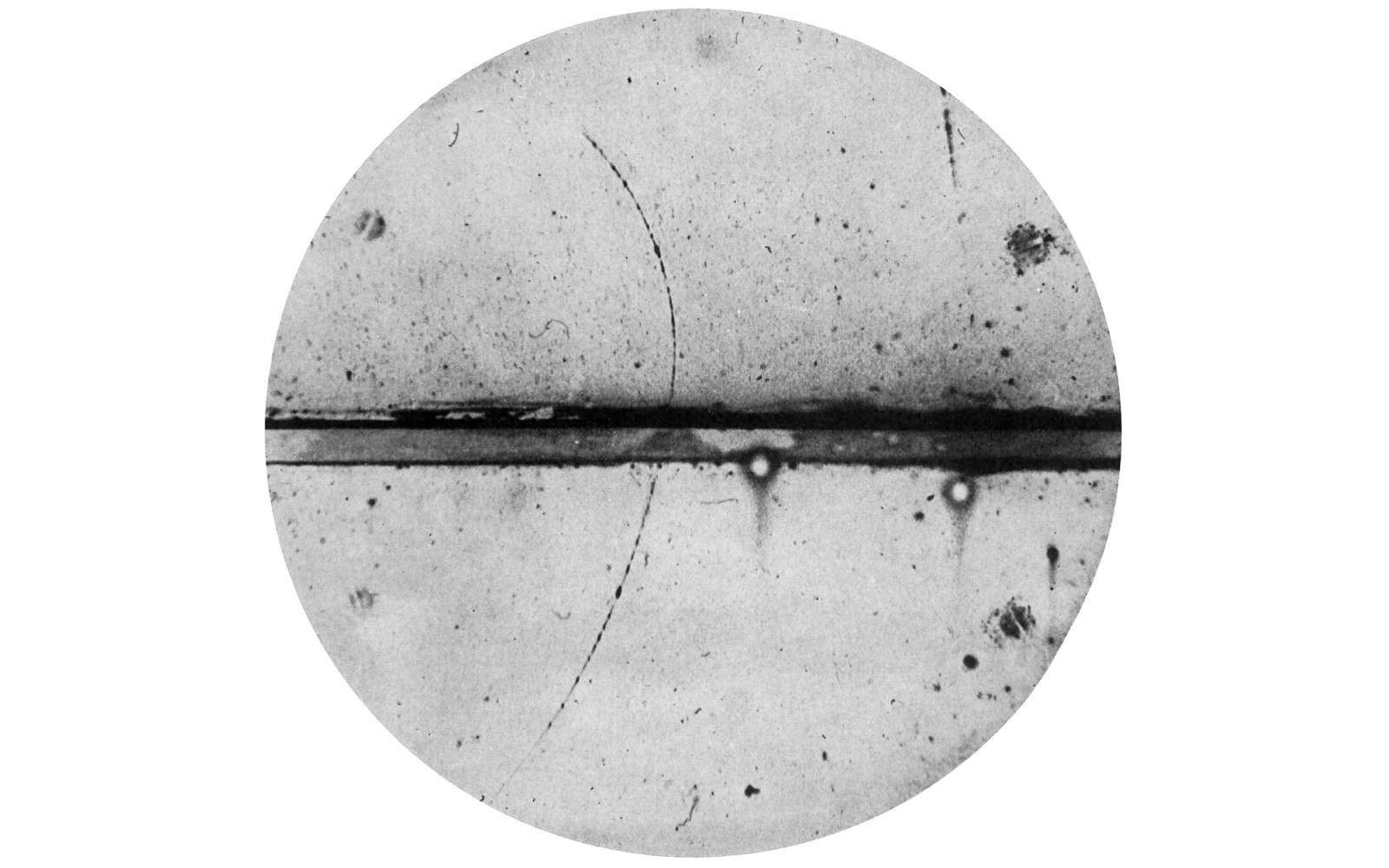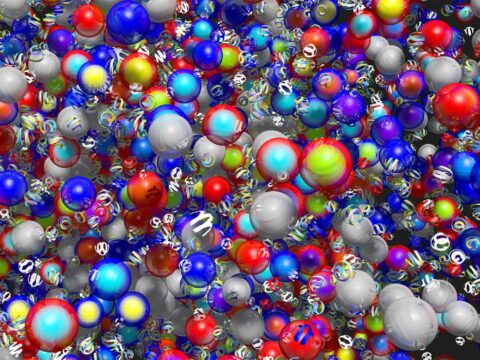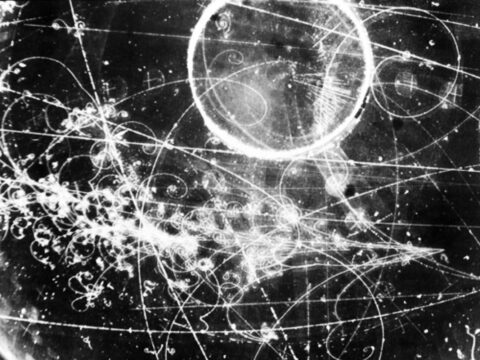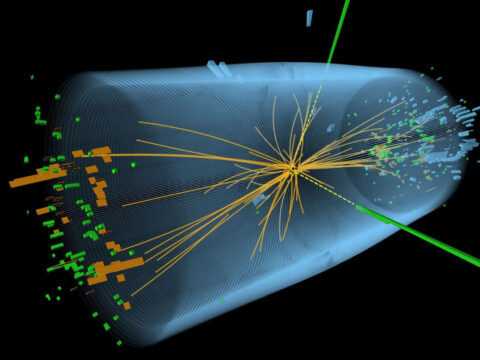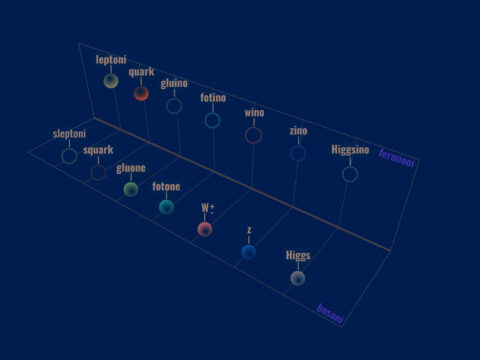Antimatter is a form of matter that is very similar to ordinary matter, of which it is a kind of mirror. Antimatter particles, called “antiparticles”, are actually identical in mass to the corresponding particles, but have some quantum numbers (including the electrical charge) of the opposite sign. The meeting between a particle and its antiparticle produces a phenomenon known as “annihilation”. This leads to both particles’ complete conversioninto energy, according to the known relativistic equation E = mc2.
The theory of antimatter was initially proposed by the British physicist Paul Dirac in the early 1930s. This was as a result of the equations that describe the behaviour of electronsin quantum mechanics. The first experimental confirmation of the existence of antimatter was actually obtained in 1932 by the physicist Carl Anderson, with the discovery of the positron, antiparticle of the electron.
The near total absence of antimatter in the universe represents one of the most importantopen problems of contemporary physics.
